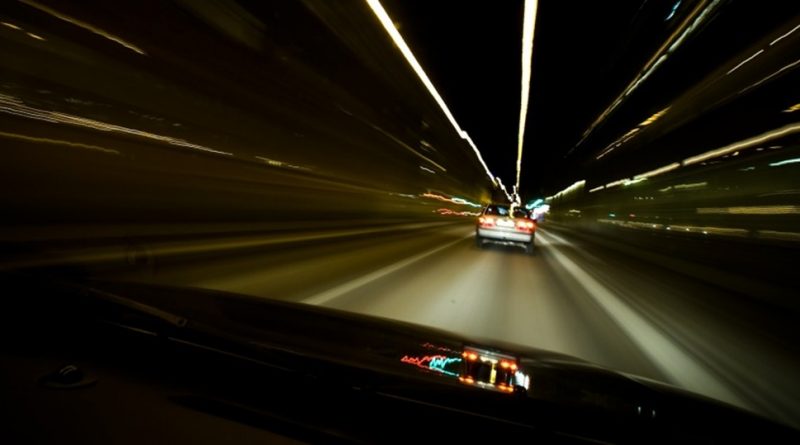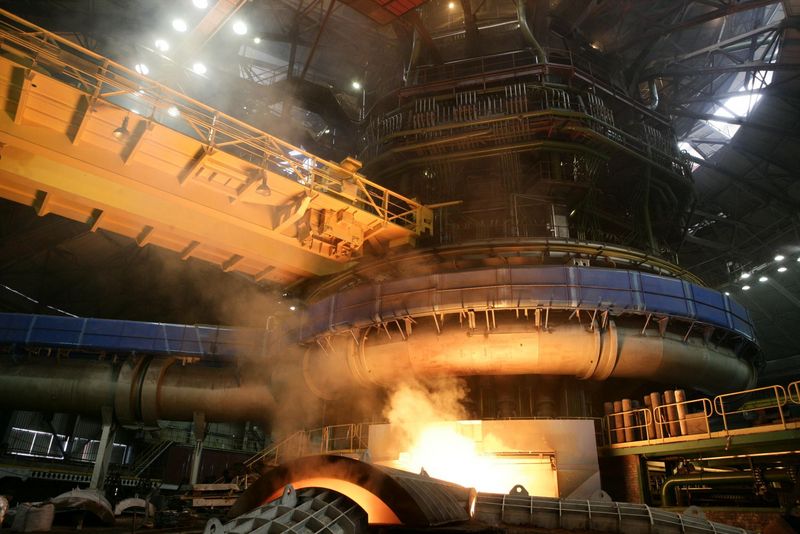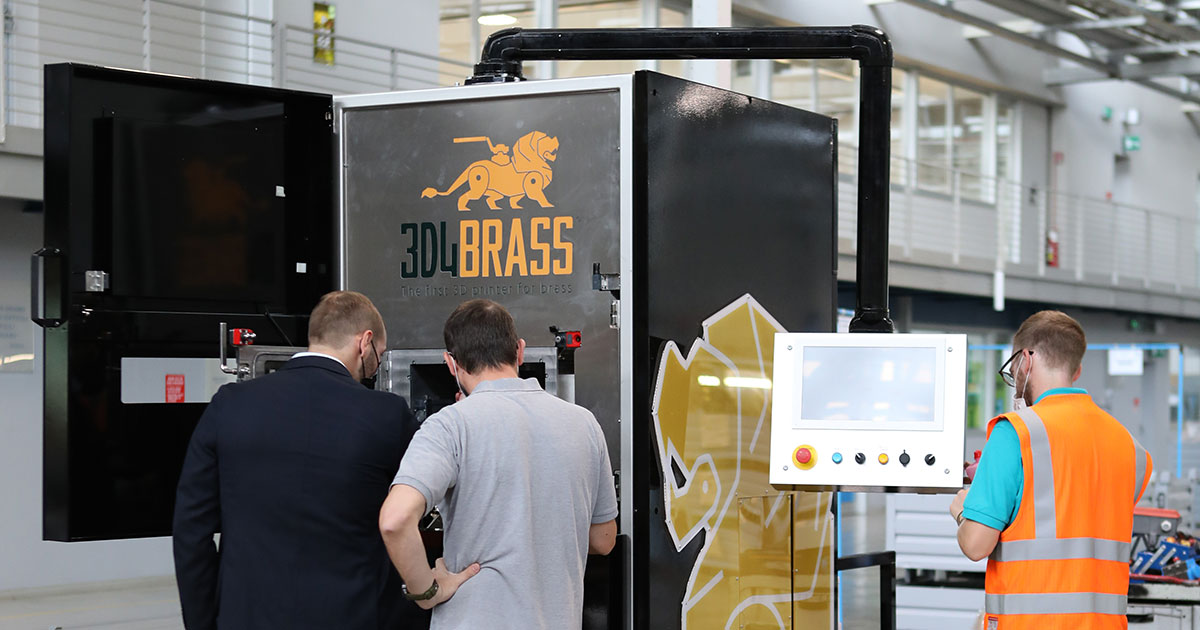
European nations are set to implement significant driving rule changes in 2025. These changes will focus on emissions, noise, and automation. SuperMetalPrice analyzes the implications for material demand. This analysis includes automotive manufacturing and related sectors.
Low-Emission Zones Spur Material Shifts
The expansion of low-emission zones (ZFEs) in France and other countries drives demand. Stricter emission standards require advanced materials in automotive manufacturing. Lightweight alloys improve fuel efficiency. High-strength steels and advanced composites reduce emissions. Crit’Air stickers stimulate catalytic converter production. This directly impacts platinum group metals. Electric vehicle demand increases rare earth metal needs.
Noise Pollution Regulations Demand Material Innovations
Switzerland’s noise pollution crackdown pushes innovation. Manufacturers use advanced sound-dampening materials. Specialized foams and composites reduce exhaust noise. Quiet electric vehicles require advanced motor designs. This affects material choices for components.
Automated Driving Boosts Advanced Material Requirements
Automated driving features increase demand for advanced sensors. Radar and lidar systems require high-grade electronic components. Semiconductors and rare earth elements are essential. Robust automated systems demand high-strength, lightweight materials. This ensures vehicle safety and efficiency.
Cross-Border Enforcement and Vehicle Safety
Stricter cross-border violation enforcement increases safety feature demand. Improved braking and collision avoidance systems are needed. Enhanced vehicle monitoring technologies are required. These require specialized materials and electronic components.
Infrastructure and Material Demand
Austria’s motorway toll increases and Spain’s emergency access rules highlight infrastructure needs. Maintenance and development drive construction material demand. Steel, concrete, and asphalt are essential. Traffic management systems and road safety equipment also see increased demand.











Leave a Reply
You must be logged in to post a comment.